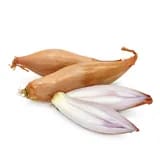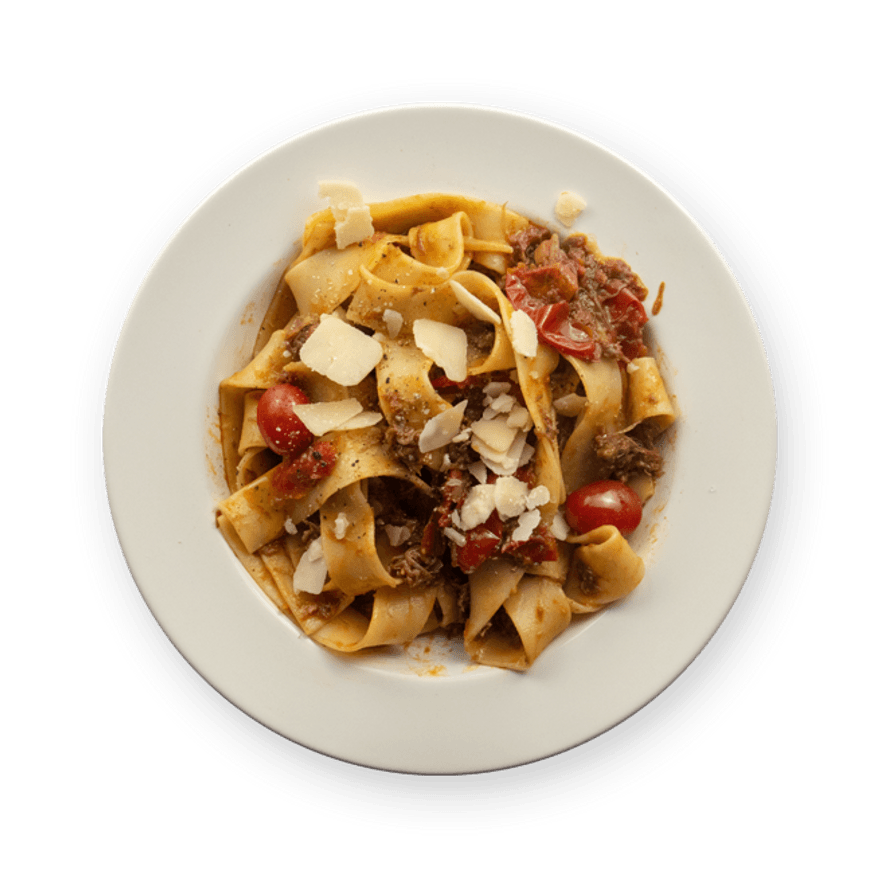Pappardelle with Duck Ragù
92 reviewsA clever hack for making duck ragù without hours of simmering!

Ingredients
Utensils
Stovetop, Pot (small), Colander, Frying pan
recipe

Step 1
Cook the pasta in a pot of salted boiling water according to package directions. (Reserve a bit of the cooking water when draining.)

Step 2
Shred the duck confit with a fork, removing and discarding the fat and skin.

Step 3
Mince the shallot.


Step 4
In a pan over medium-high heat, add the shallot and duck confit and sauté for 5 minutes.


Step 5
Add the peeled tomatoes and red wine. Season with salt and pepper, cover and simmer over low heat for 5 minutes.
Step 6
Add the drained pasta to the pan and sauté for 2 minutes in the sauce. Add a bit of the pasta cooking water if the sauce is too dry.

Step 7
Serve (optional: top with grated parmesan or fresh herbs).
Personal notes
Add your own flavor!
Nutrition facts
Average estimated amount for one serving
| Energy | 643 cal. |
| Fat | 21 g |
| Carbohydrates | 70 g |
| Protein | 38 g |
| Fiber | 5 g |
Values are based on an average estimate for one serving. All nutrition information presented on Jow is intended for informational purposes only. If you have any concerns or questions about your health, please consult with a health-care professional.
On average, one serving of the recipe "Pappardelle with Duck Ragù" contains 643 Energy, 21 g of Fat, 70 g of Carbohydrates, 38 g of Protein, 5 g of Fiber.
Price per portion
| € | Nos recettes à -2 € par portion |
| €€ | Nos recettes entre 2 € et 4 € par portion |
| €€€ | Nos recettes à +4 € par portion |
Please note, the price above is dependent on your grocer and the available products in the grocery store you chose.
Scores


B Nutri-score
The Nutri-score is an indicator intended for understanding nutritional information. Recipes or products are classified from A to E according to their food composition to promote (fiber, proteins, fruits, vegetables, legumes, etc.) and foods to limit (energy, saturated fatty acids, sugars, salt, etc.).
B Green-score
The Green-score is an indicator representing the environmental impact of food products. The recipes or products are classified from A+ to F. It takes into account several factors on the pollution of air, water, oceans, soil, as well as the impacts on the biosphere. These impacts are studied throughout the product life cycle.
Retrieving reviews...


